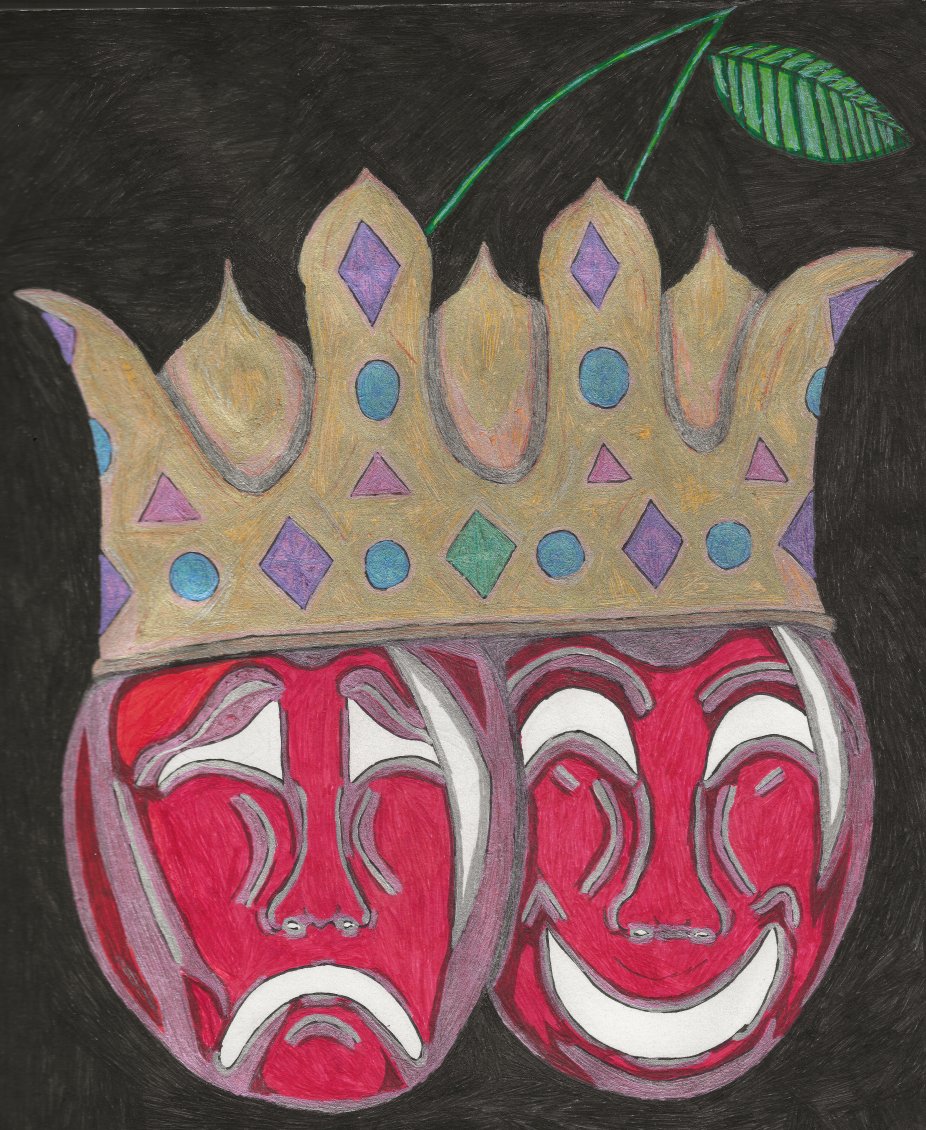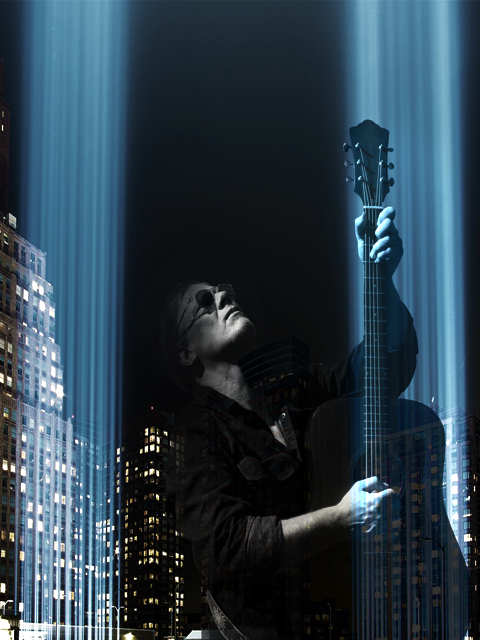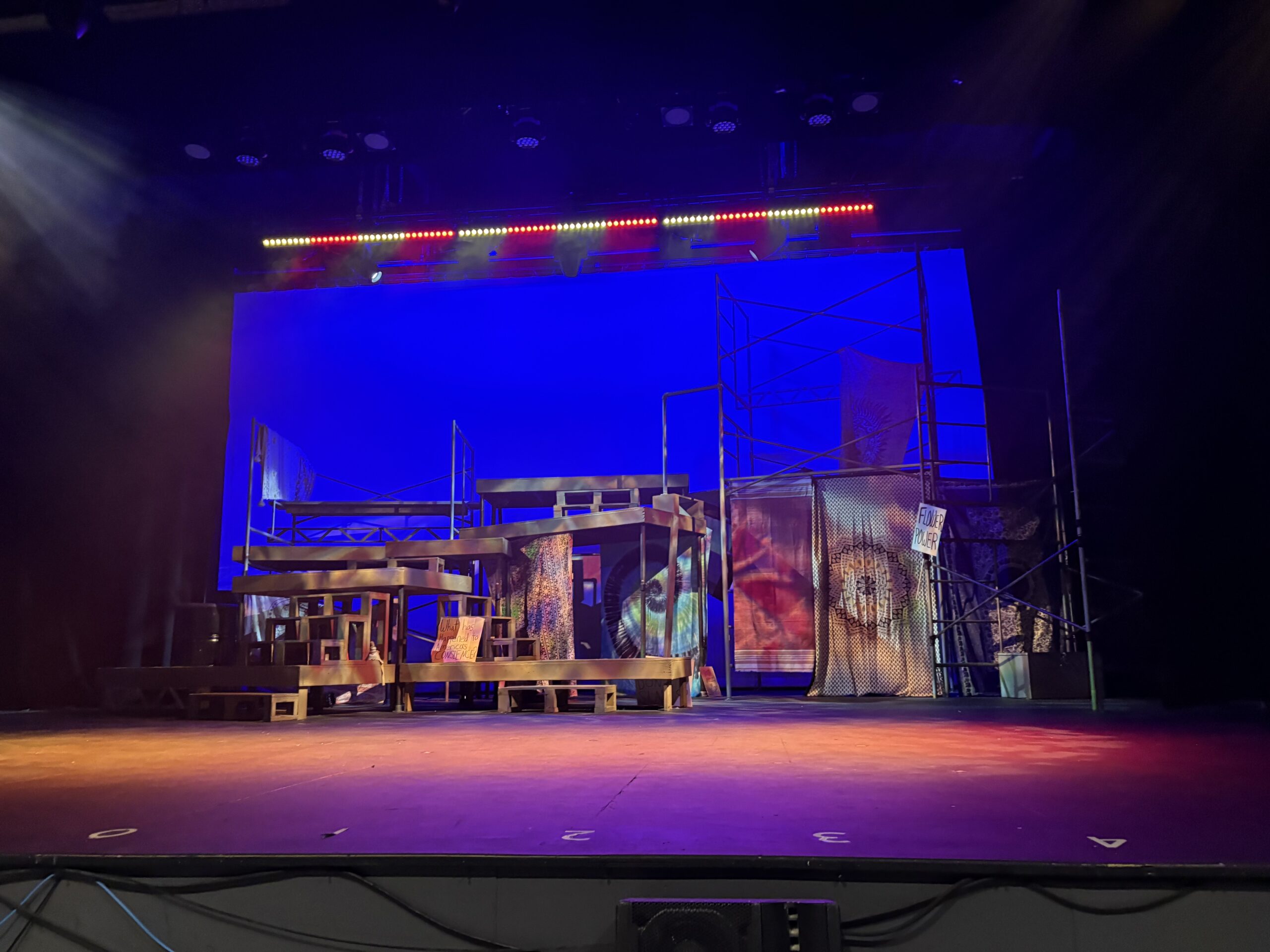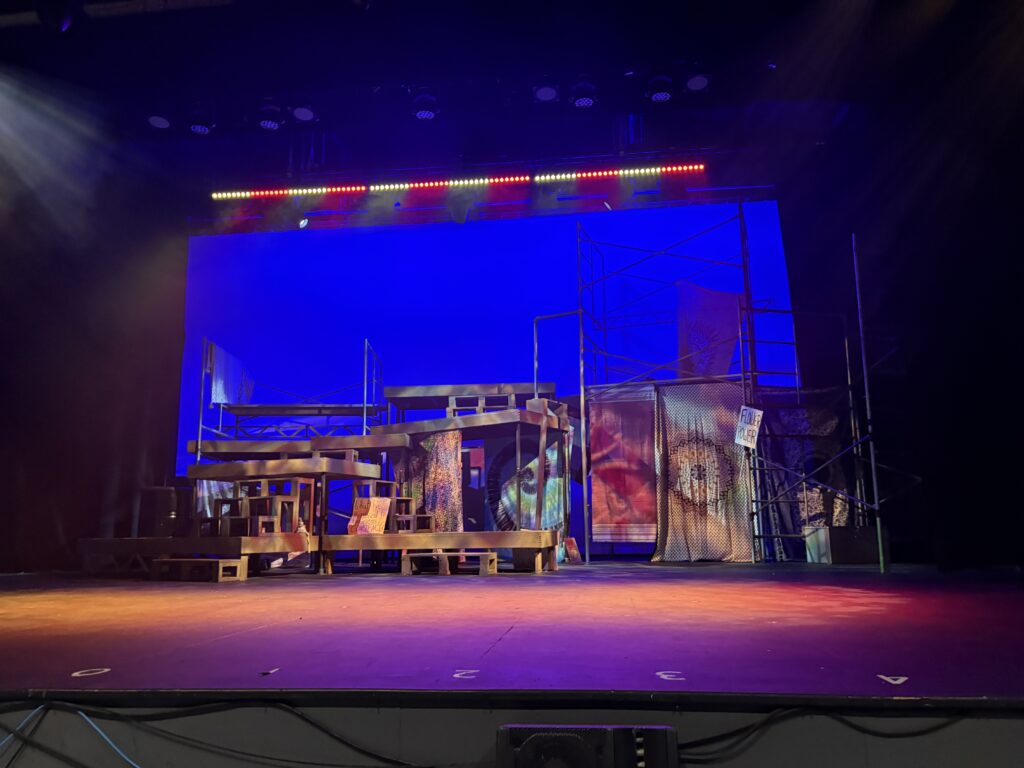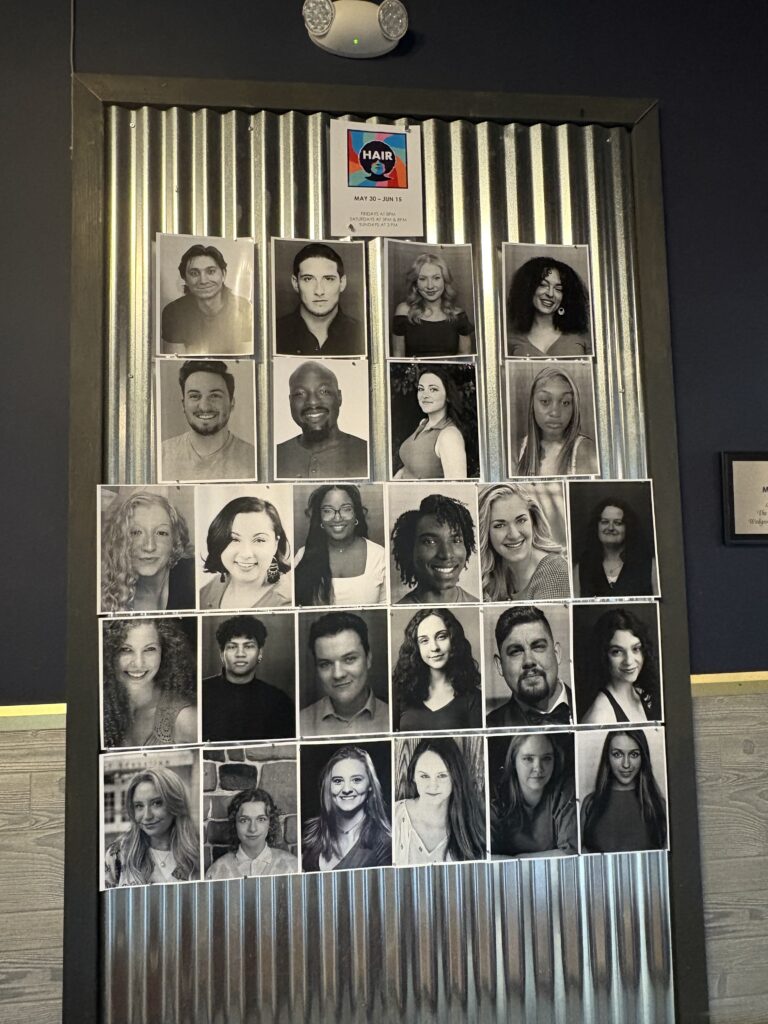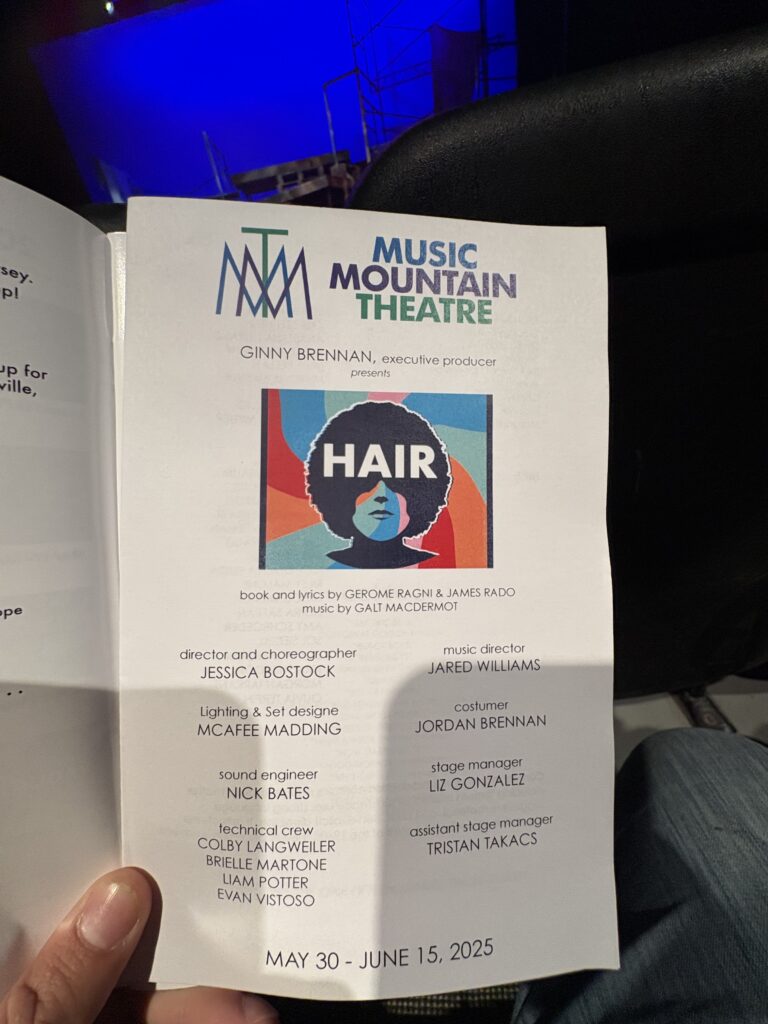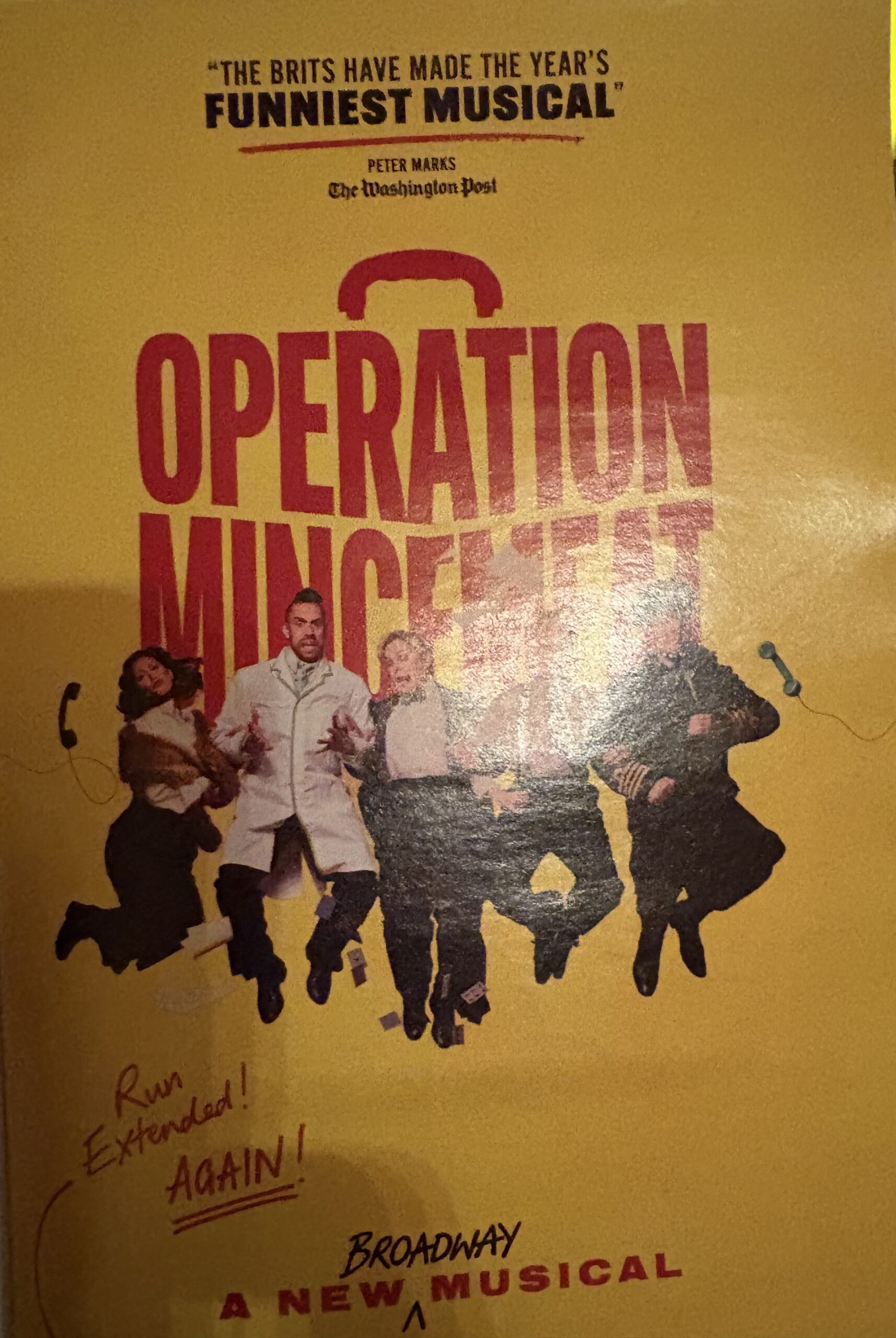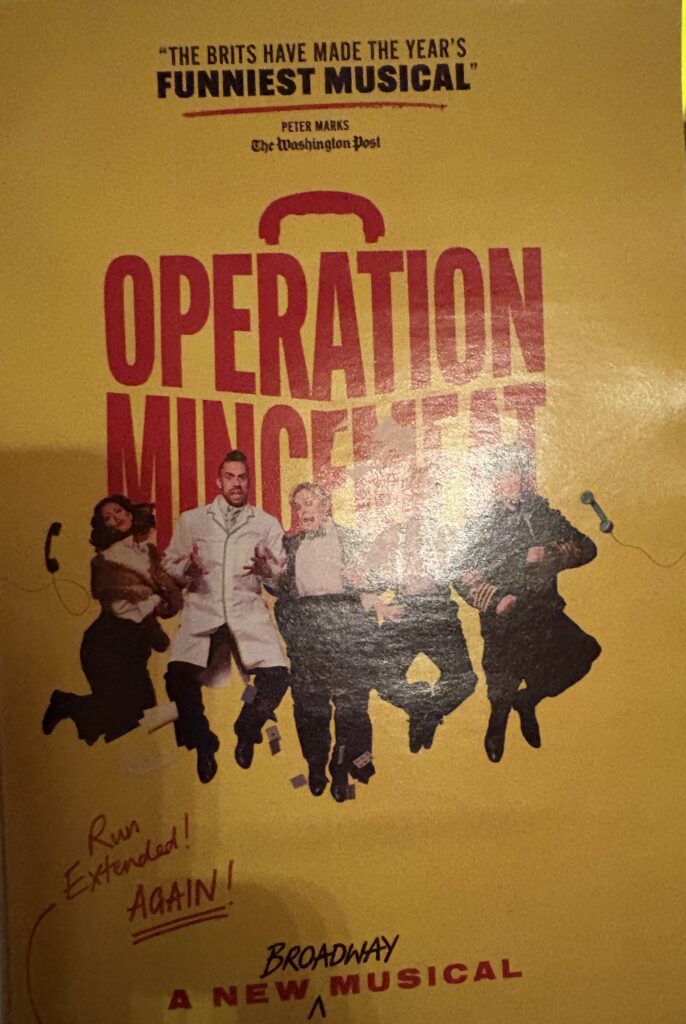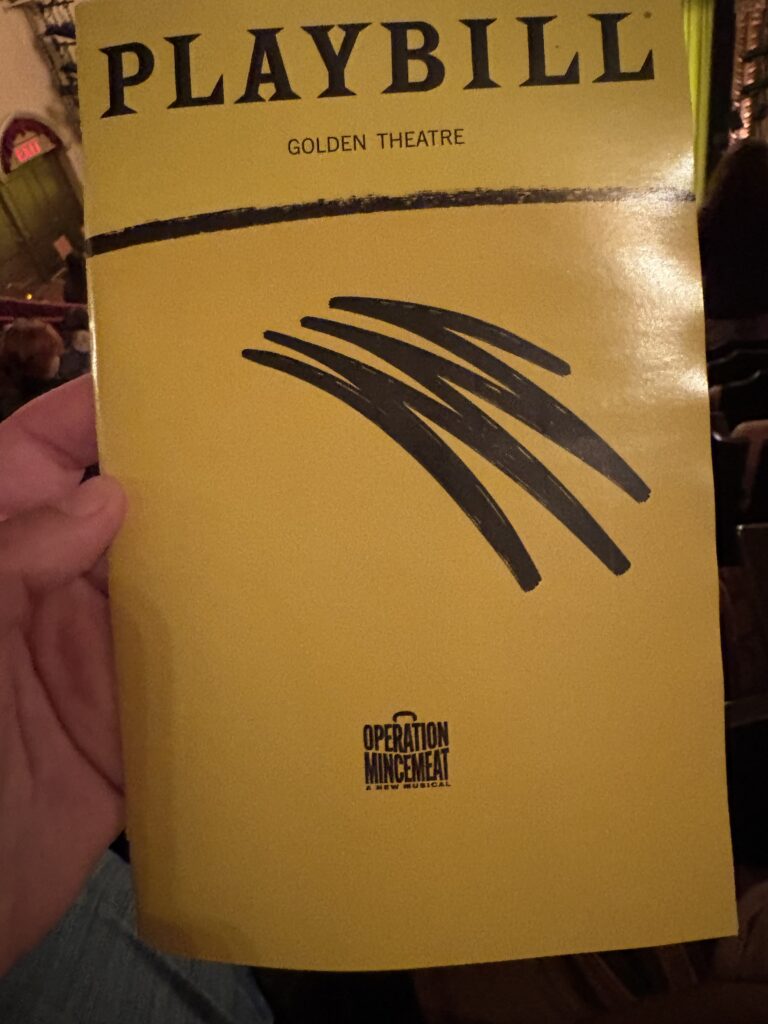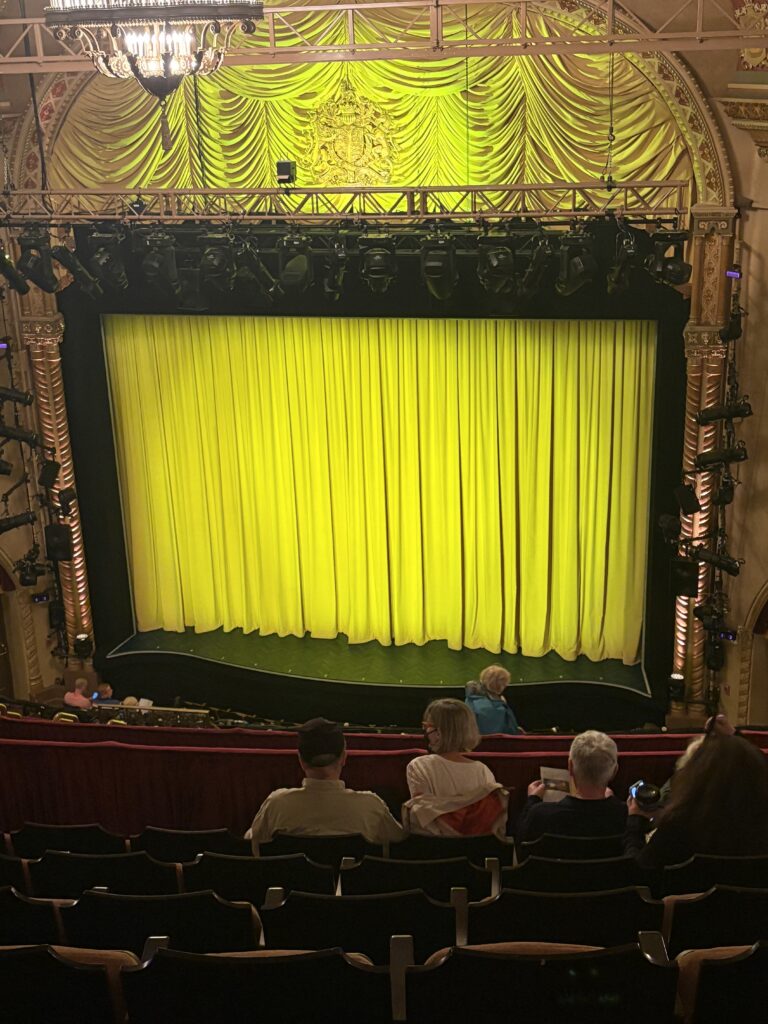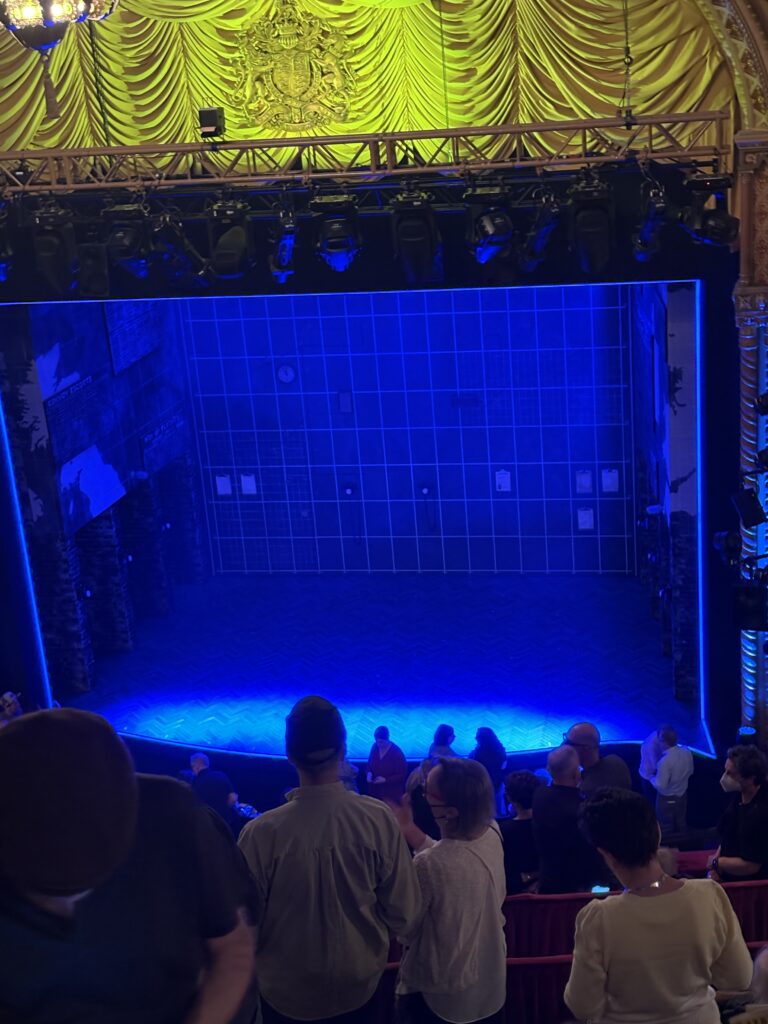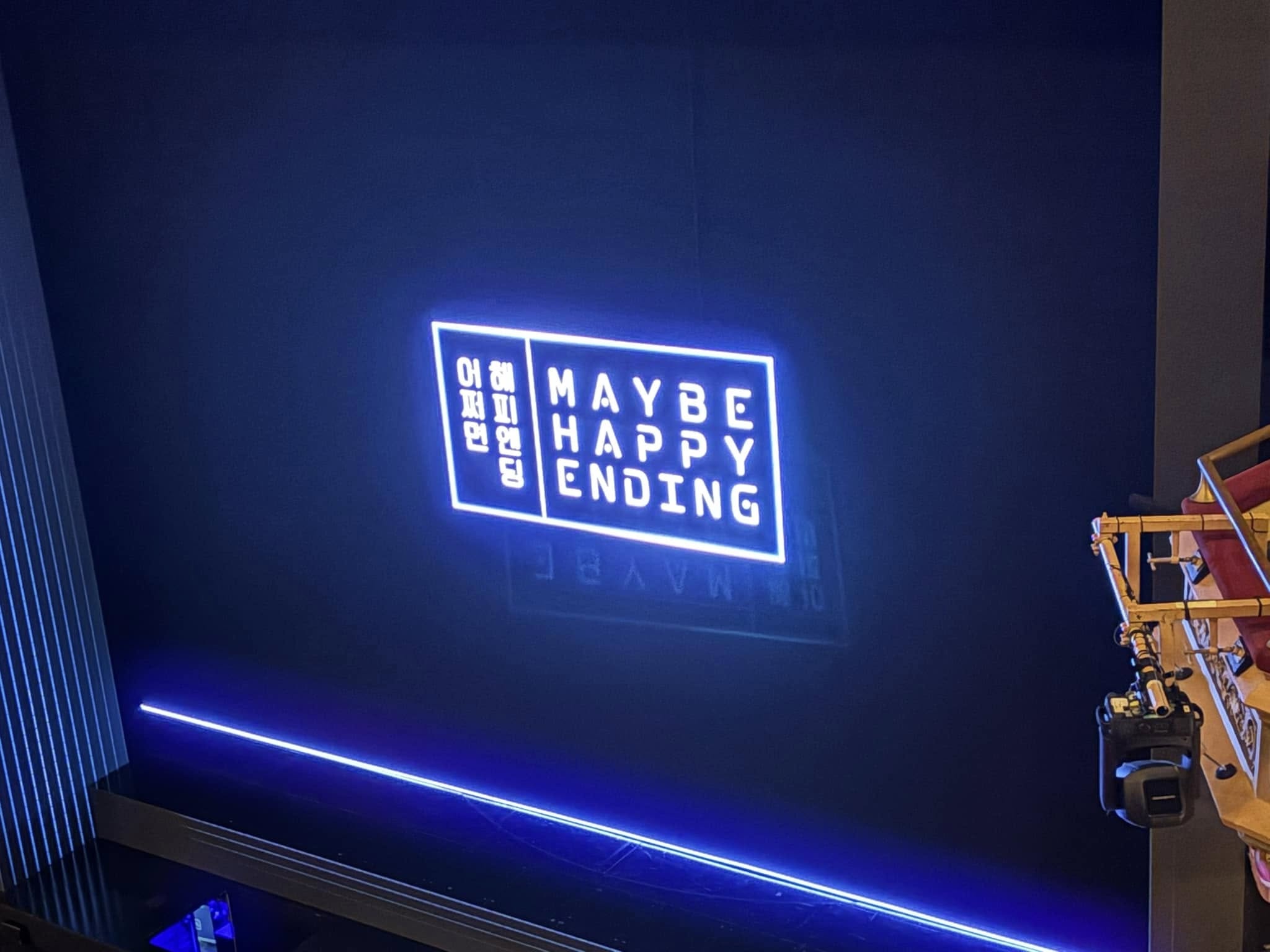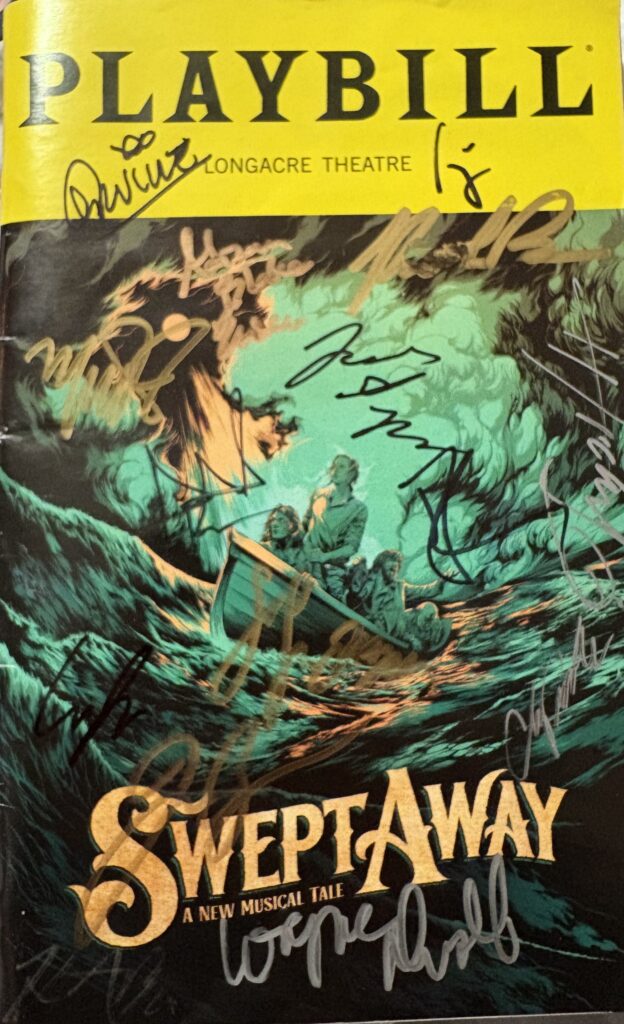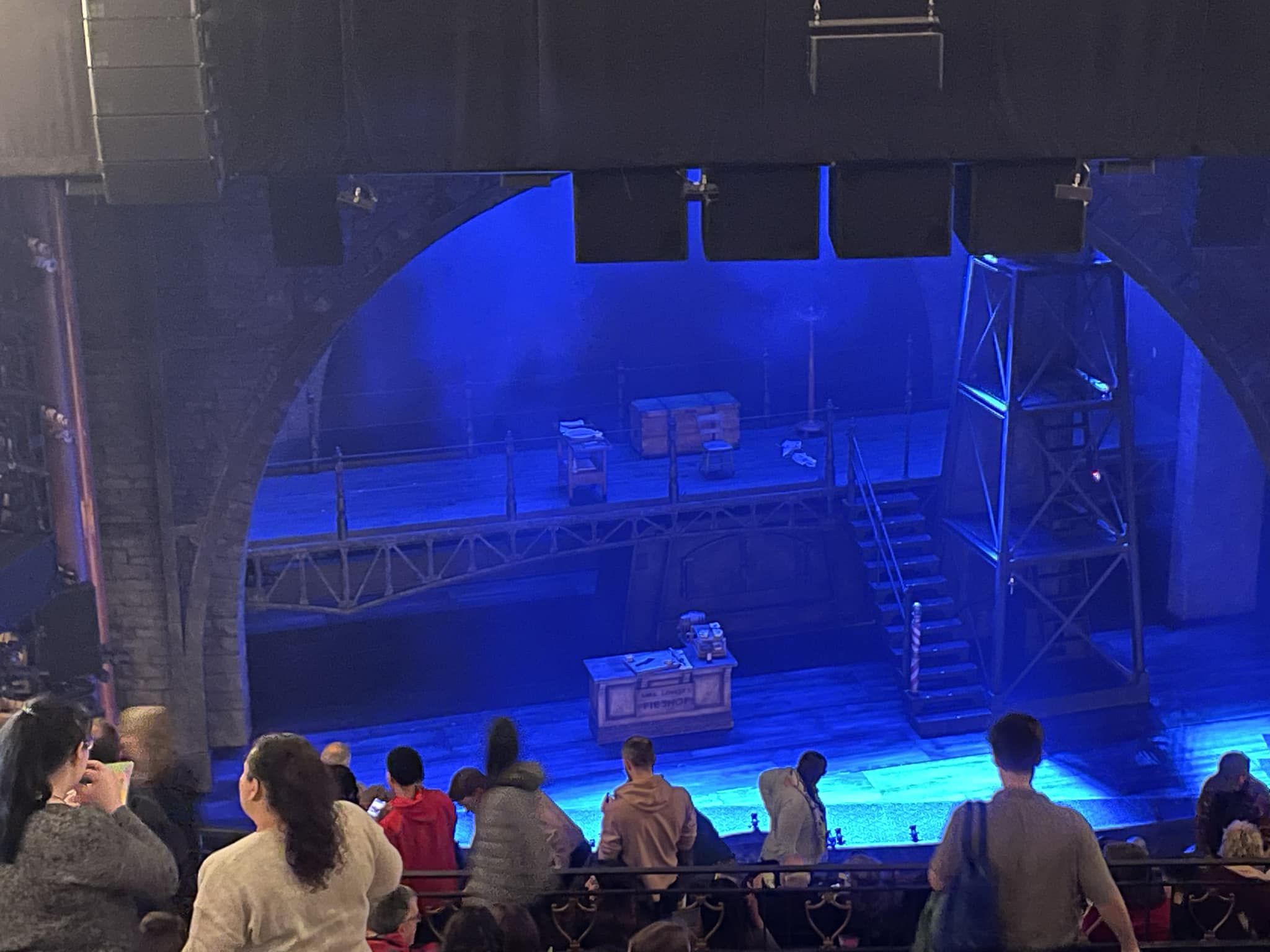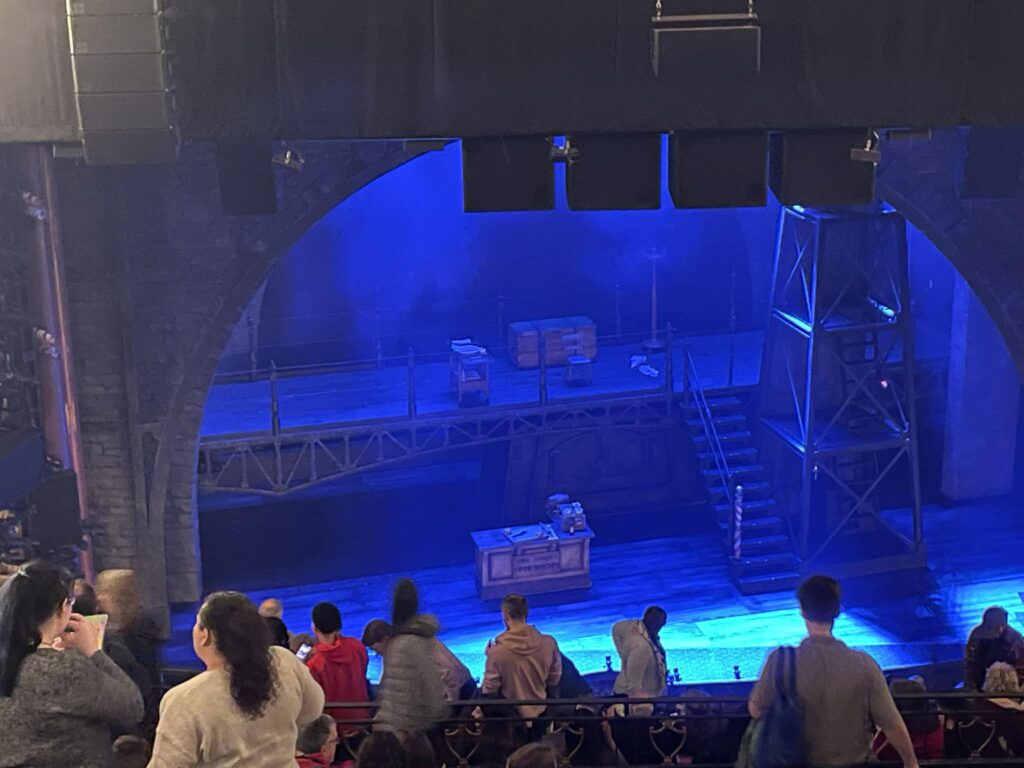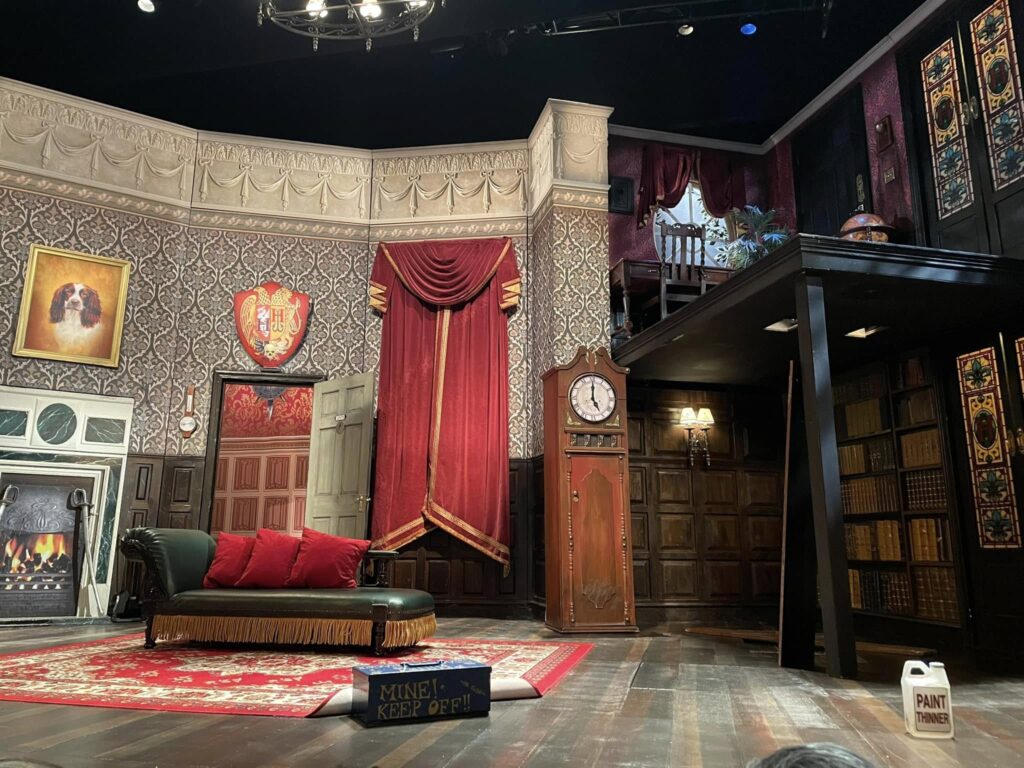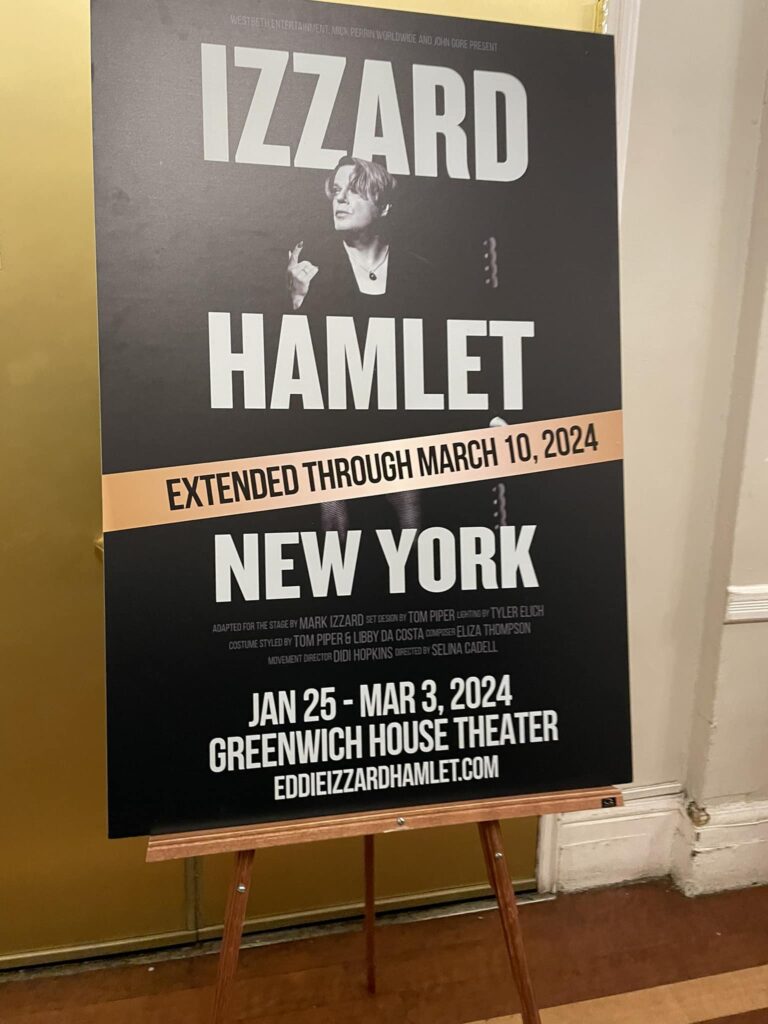9 November 2025
Matinee
How long should a person work for the sole purpose of making money when the job they have is not one they enjoy? What would make a person up end their life, end their successful career, and learn to truly live with the goal of happiness and helping others?
For Tim Tuttle — the writer, creator, and lyricist of the show 44 Lights it was tragedy.
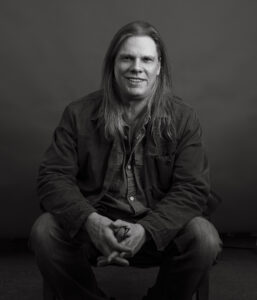
Photo by Robin Richardson.
44 Lights is the story of the survivors of the 9/11 terrorist attack beginning from before the attack happened and continuing through their healing process. And while this is very autobiographical — the message of hope and healing is much more universal.
Creating a show, especially a musical, about real life horrific events will always be a controversial move. It requires the writing, the acting, the staging, even down to the lighting to be done delicately so as not come off as disrespectful or even possibly leave the impression that the entire show was created to profit from tragedy.
This show walks that line perfectly.
The staging was simplistic — actors walking in a well rehearsed formation as they try to understand what is happening and why these firefighters are running past them. The lighting was done effectively — leaving the ones who did not make it in a heavenly blue glow which resulted in the characters being perfectly grey scaled. The emotions, however, were very complicated.
Confusion, wonder, disbelief, horror, realisation, acceptance, grief, anger, depression — all of it is expressed in this show. Whether it was the character not knowing if their coworkers made it into work that day or the realisation that your action put someone else in a part of the building that they cannot escape from or the grief that comes when understanding that you survived but others did not.
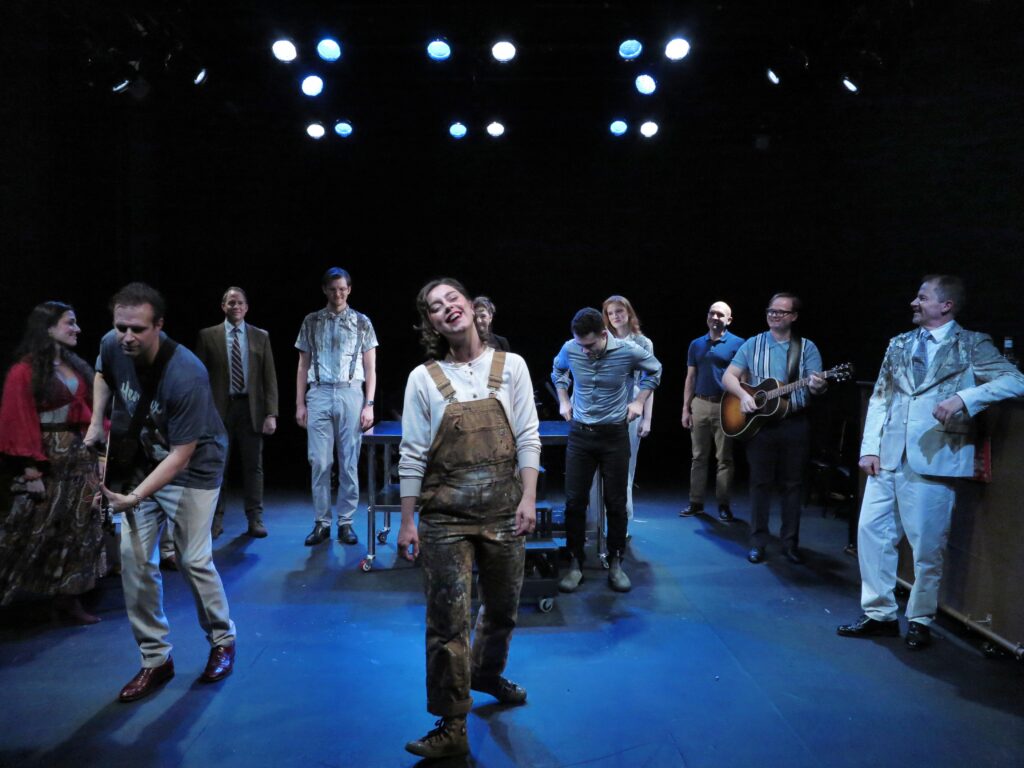
And once everyone has figured out what exactly happened that day, the audience is shown how that knowledge doesn’t fix things. It doesn’t fix the anger or the sadness or the despair and it doesn’t make things okay. Even after knowing the cause, knowing why this attack occurred — well, that’s really just the beginning of being able to heal.
The characters, and the people who were in the towers that day and survived, had to learn how to live again. And they had to learn to live for someone or else those that perished will simply be forgotten. For some, that means anger. For another, tears. But for the character of Nick — it was music. Specifically music about being at Ground Zero.
Tim Tuttle was a Wall Street banker who survived the 9/11 attack and the destruction of the Twin Towers. It took losing his friends, literally, to make him see that he wasn’t living — he was merely existing. In order to keep the memory of his lost loved ones alive, he has spent the last 24 years writing and performing music to honour his friends that perished on that day. That is how he was able to heal and keep the memories of his friends alive. And this show is that story. 44 Lights is the story of survival, of guilt, of horror, and ultimately of living life while you still can.
The images in this article are curtesy of Robin Richardson and Jonathan Slaff. Used by permission, their respective owner(s) reserve Copyright.
